Challenges
Project Management
Difficulty in managing multiple projects simultaneously, leading to missed deadlines and budget overruns.
Client Communication
Inefficient communication with clients, resulting in misunderstandings and dissatisfaction.
Resource Allocation
Inconsistent resource allocation across projects, causing delays and inefficiencies.
Quality Assurance
Inadequate QA processes, leading to bugs and defects in the final product.
Scalability
The current system could not handle the growing number of projects and clients.

Solution Proposed
Our client agreed & decided to implement a custom application development solution, leveraging a mix of various technical tools available in the market.
Project Management Tool
Developing a custom project managemen t tool to streamline project planning, tracking, and reporting.
Client Communication Platform
Implementing a client communication platform to improve client interactions and feedback loops.
Resource Management System
Creating a resource management system to optimize resource allocation across projects.
Automated QA Processes
Implementing automated QA processes to ensure high-quality deliverables.
Scalable Architecture
Designing a scalable architecture to handle g rowing data volumes and user demands.
Training and Support
Providing training and ongoing support to ensure effective use of the new tools.
Implementation Strategy
Phase 1: Project Management Tool
• Tools Used: Microsoft Power Apps for custom application deve
lopment, Azure SQL Database for centralized data storage.
• Developed a custom project management tool to streamline p
roject planning, tracking, and reporting.
Phase 2: Client Communication Platform
• Tools Used: Microsoft Power Apps, Microsoft Power Automate
for workflow automation.
• Implemented a client communication platform to improve client interactions and feedback loops.
Phase 3: Resource Management System
• Tools Used: Microsoft Power Apps, Microsoft Power BI for visualization.
• Created a resource management system to optimize resource allocation across projects.
Phase 4: Automated QA Processes
• Tools Used: Selenium for automated testing, Jenkins for CI pipeline integration.
• Implemented automated QA processes to ensure high quality deliverables.
Phase 5: Scalable Architecture
• Tools Used: Kubernetes for container orchestration, Azure SQL
Database for scalable data storage.
• Designed a scalable architecture using Kubernetes and Azure
SQL Database to handle growing data volumes and user demands.
Phase 6: Training and Support
• Conducted training sessions for employees on using the new custom applications and tools.
• Provided ongoing support to address any issues and ensure effective use of the tools.
Final Outcome:
Improved Project Management
The custom project management to ol streamlined project planning, tracking, and reporting, reducing missed deadlines and budget overruns.
Enhanced Client Communication
The client communication platform improved client interactions and feedback loops, leading to higher client satisfaction.
Optimized Resource Allocation
The resource management system optimized resource allocation across projects, reducing delays and inefficiencies.
High-Quality Deliverables
Automated QA processes ensured high quality deliverables, reducing bugs and defects in the final product.
Scalability
The scalable architecture ensured that the system could handle growing data volumes and user demands.



